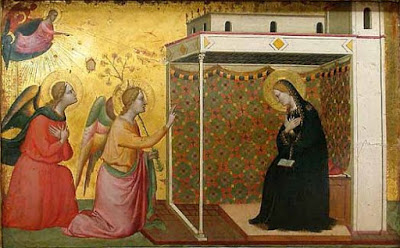If Vatican I was largely about the papacy, Vatican II was largely about the episcopacy
Like all of the great mysteries of the Church, these hierarchical roles require re-examination from time to time. What does it mean to be a successor of the Twelve, now that there are many thousands more than twelve?
Interestingly, while at the same time strongly affirming an Ordinary’s authority, the Council also organized the bishops in conferences, a kind of grouping that is in a certain tension with particular authority.
And since then, bishops have been blown back quite a bit. First, there is the inherent difficulty of not belonging with any political or social party on the planet. No more than Jesus did, can a bishop plant both his feet in a political movement.
Then came the still largely unexamined blame-game of what is usually called “the sexual abuse crisis,” which singled out Catholic bishops among all the humans on the earth, for various reasons. Yes, one of these reasons is the unconscionable, reprehensible, opportunistic sexual abuse of children by Catholic priests. And another was an overemphasis on bella figura. But let’s not forget some of the other reasons. 1. The radical optimism of psychologists who assure bishops they could cure incurable disorders. 2. The deep-pockets structure of Catholic dioceses, in which a county’s worth of property is held in one person’s name, as opposed to many religions’ less lucrative congregational structures. 3. The Catholic Church’s perennial, unwavering stance on social issues that strong forces would like to revolutionize.
Sexual abuse is a human crime. It is not a peculiarly Catholic crime. Yet Catholic priests and bishops are nearly the only group, besides the tragically victimized whose blood cries out for vengeance, who are paying (and paying, and paying).
It’s intriguing to me that at a time when bishops have been marginalized on so many fronts, that there is a new springtime of the Episcopal College in the air. This began, I feel, when the Pope Emeritus resigned his office. All bishops can resign–but the Bishop of Rome? Unheard of! I happened to be in London that day, and was walking through a Muslim neighborhood’s open-air market, and this was what was being eagerly discussed. Not for centuries! The Pope resigned!
And now, his successor Pope Francis has begun an ongoing project of synodality. Of course this is just the sort of enterprise that might be manipulated by parties at its beginnings. There is a danger there. But isn’t it also an exciting opportunity for the Holy Spirit, who may be trying to teach us more about the episcopal office? And if so, is this an opening to reconciliation with the East?
I’ve just been rewatching one of my favorite movies, Glory Road, about a national championship team from Texas that integrated college basketball. I don’t know about the rest of the laity and priests, but these days I personally feel like one of the people watching helplessly from the bleachers or the bench. I feel the hints of new schism like a downward momentum towards an impending, momentous loss. There seems to be an antagonism and a climate of suspicion, and there’s really not much we bleacher-folk can do but keep praying.
The Holy Father and the bishops are on the court, so to speak. The game is theirs, and they are protected. If they make the right moves, they may be able to work together to secure justice and hope for our time and for the future.
Go, team, go!

